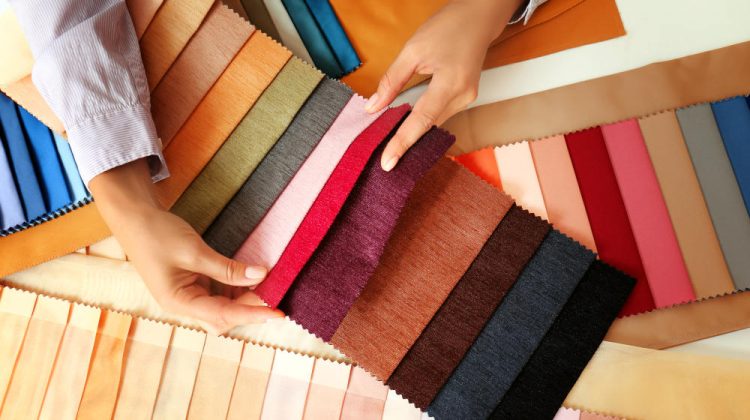
In the textile industry, cloth is the collective term for fabrics and materials utilized in the production of clothing. Raw fibres undergo a procedure to be twisted together to produce threads. These threads are then woven or knit to produce a workable material which may then be cut, stitched and turned directly into garments.
Fibres may be either synthetic or natural, with common natural fibre being cotton and typically the most popular synthetic fibres being polyester. Each form of fibre is unique and bares different properties; some are sturdy and thick while others are smooth and flexible. Fibres are often combined together into blends giving a variety of desirable qualities.
The application of the clothing determines what type of fibre is used. For example a baseball shirt could be better suited being made from a manufactured fibre with moisture wicking qualities, than from a product like wool which retains heat.
What Is Fabric GSM?
GSM (also known as GM/2) can be an abbreviation of “Grams per Square Metre” and is the metric where fabric is weighed. GSM relates to thickness, and generally the heavier the weight, the thicker the fabric will be. With that being said however, due to varying weights of different fibres, the GSM cannot accurately determine the thickness in mm of a fabric.
No item has a “standard” GSM, however because GSM is really a unit of weight, it can determine the application of a fabric.
Because heavier weight fabrics use more raw fibre and have an extended weaving time, they do cost a lot more than lower weight equivalents. It's also worth noting that GSM can be measured in Imperial units – ounces (oz) in particular. You can easily convert between gsm and oz however; as an example, a 6oz fabric is equal to 203gsm.
Traditionally some fabrics, denim as an example, are weighed in ounces, but GSM is the modern standard for fabric weight measurement.
As a real world scenario, t-shirts are commonly produced from fabrics weighing between 160 and 220gsm, with a 160gsm fabric being the thinner and more lightweight version compared to the 220gsm option. Some fashion trends require a weightier weight, whilst practical applications like gym and fitness wear would view a lighter weight fabric being more desirable.
For more details please visit performance fabric sofa.
No comments:
Post a Comment